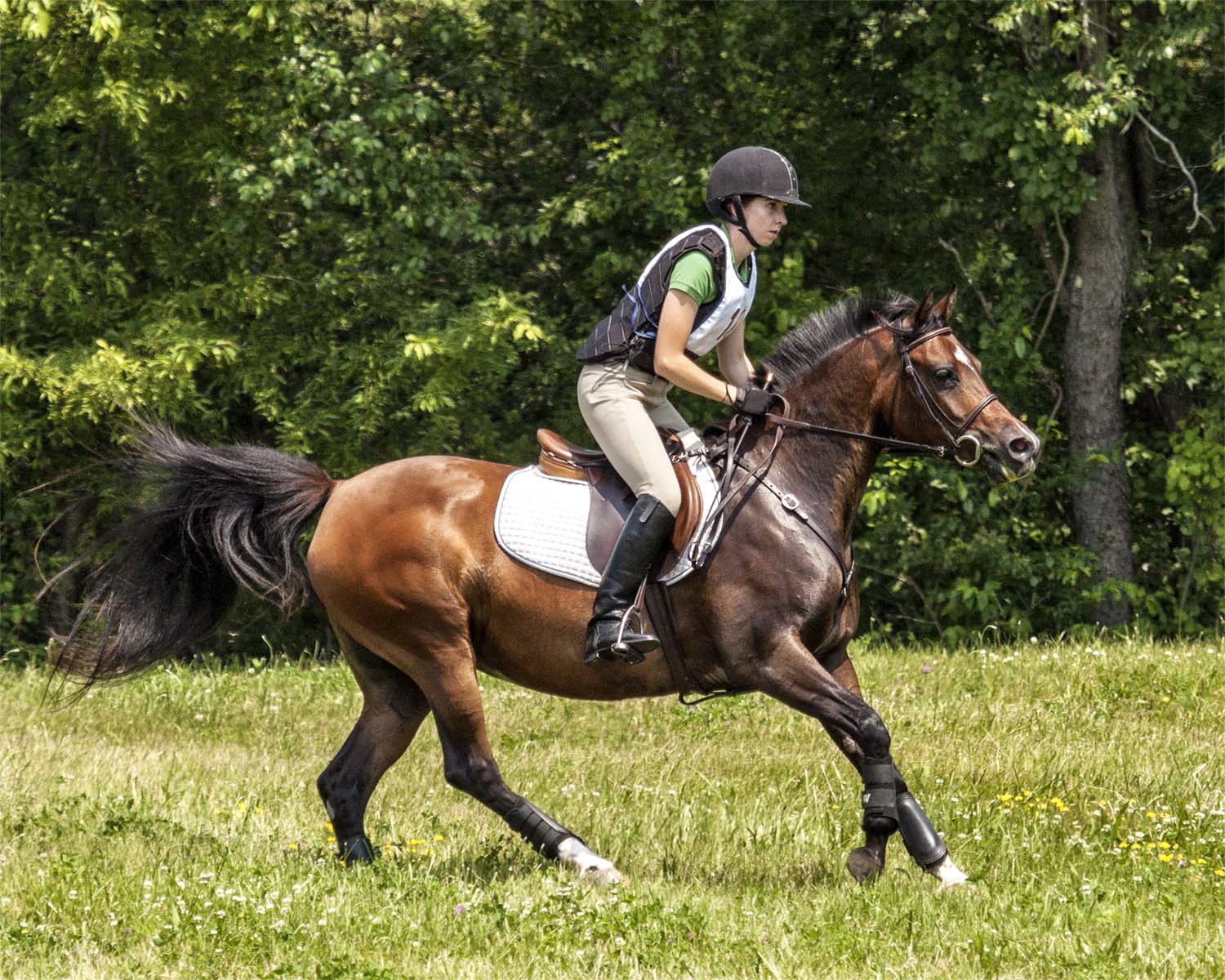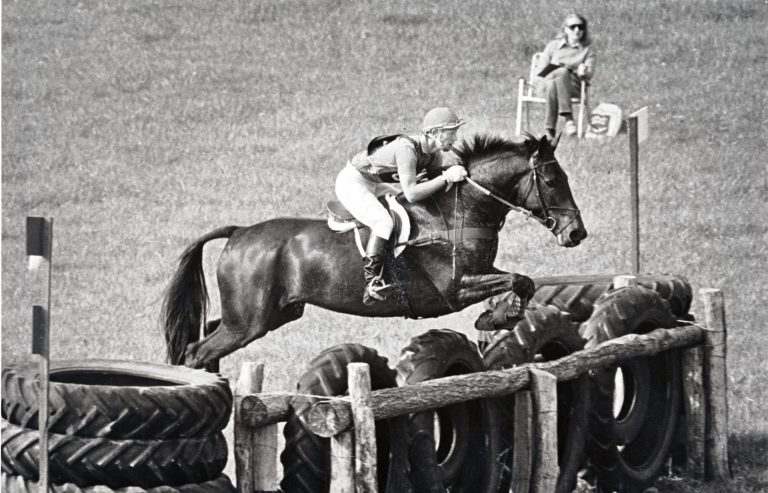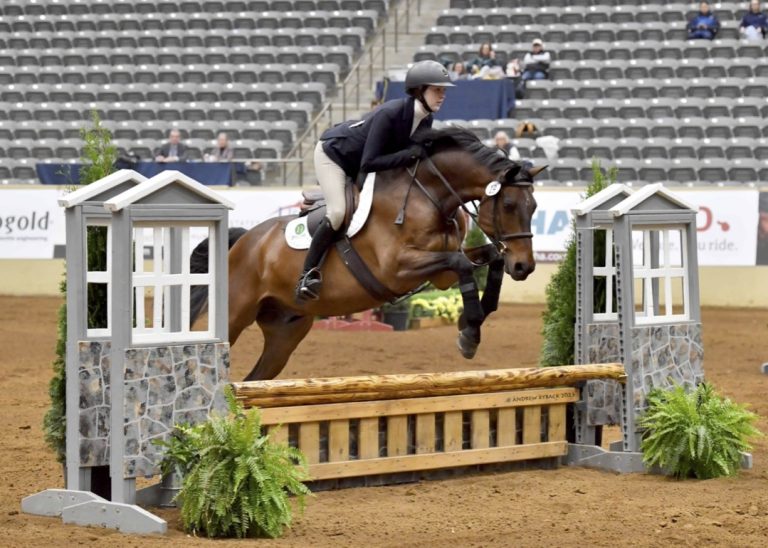This summer I’ll be competing in the Mongol Derby, which is touted as the longest and toughest horse race in the world.
The lead-up to the Derby includes flying some 6,500 miles from Washington, D.C., to the nation that lies between Russia and China and is known for vast rugged expanses and a nomadic culture. I’ll have three days of pre-race training. Then on Aug. 8 the 600-mile adventure will begin.

I was introduced to the Mongol Derby in 2013 through a firsthand account by American cowboy Will Grant in Outside magazine. Captivated, I scoured the Internet for more about the race, which loosely follows the route created by Genghis Khan in 1224 to carry riders whose mission was to deliver information and facilitate communication throughout what would become the largest contiguous empire in history. Every year, I followed the race. But it wasn’t until last summer, when someone I’d met—Tennessean Leslie Wylie from the website Eventing Nation—was a competitor, that it occurred to me maybe I could be one, too.
I was surprised when less than a week after submitting my application I had an interview with Erik Cooper, a former Mongol Derby competitor and current support-crew member. He was convinced I was a shoo-in. Truth be told, I wasn’t as sure. As an eventer, I have zero endurance-riding experience and the most time I’ve ever spent in the saddle in one day was for six hours on a horse trek in Ireland. But I’ve been a lifelong horsewoman and have ridden my fair share of headstrong horses. I grew up riding at a small training and breeding farm in Massachusetts, where I helped to saddle-break babies and retrain problem horses—among them my own Arabian mare, who was wildly inappropriate as a child’s horse. She put me in a wheelchair with a broken leg and arm three days before the start of seventh grade. More importantly, she taught me how to sit a buck and what it means to have determination and patience.
I hope those traits will serve me well during the Mongol Derby as I ride 25 different semi-wild horses—on loan from local herders—for roughly 25 miles apiece as I cover each day’s route of between 75 and 100 miles. Along with 39 other international competitors, I’ll be racing for seven to 10 days. I know I will be tested in many ways. Even so, I can’t think of a better way to pursue my three passions: horses, travel and exploring the outdoors. At age 30, I’ve already hiked the Alps while studying in Europe and made a solo seven-week journey across the United States to experience all that the country’s National Parks have to offer. Now I’m eager to immerse myself in one of the last surviving nomadic cultures on the planet—one with a profound connection to and dependence on the horse.
As they did in the 13th century, modern-day Mongolians rely on horses for their livelihood, using them for travel, herding, hunting and racing. Small in stature but sturdy and resilient, Mongol horses are said to have remained largely unchanged since Genghis Khan’s time. They live off the land in huge feral herds in harsh conditions year-round. Ridden infrequently, they become nearly wild and must be caught and broken each time they are to wear a saddle.
Whatever challenges the horses present to their riders in the Mongol Derby, their welfare is paramount. Each one must pass a vet check before a rider can move on, and time penalties will be imposed when a horse has an elevated heart rate, shows signs of lameness, is overridden or on course beyond the prescribed time for each phase of the race. A rider who incurs sufficient penalties will be pulled from the derby. In addition, all riders must comply with a weight limit and may carry only 11 pounds of gear so the horses aren’t overtaxed.
I’m incredibly grateful that Practical Horseman’s parent company and my employer, Active Interest Media, has generously paid the $12,995 entry fee, which helps support both the Mongolian families who help make the race possible and the official race charity, Cool Earth, which works in partnership with indigenous communities to end rain-forest destruction.
Traditionally, only half of those who start the Mongol Derby finish. So there are lots of things for me to consider as I get ready—my physical fitness, the clothing I’ll wear and the equipment I’ll pack to name just a few. In the coming months, I’ll be sharing my experiences as I prepare for and participate in this once-in-a-lifetime adventure.
Practical Horseman Associate Editor Jocelyn Pierce is competing in the Mongol Derby, a 600-mile expedition considered the longest and toughest horse race in the world, Aug. 8-27. Here’s how to follow the action, sponsored by Mane ‘n Tail and SmartPak:
• Visit Practical Horseman for daily race recaps and Jocelyn updates from 2017 Derby finisher Leslie Wylie
• Follow Jocelyn’s progress live via her GPS tracker, read official reports via the Derby website, and follow @mongolderbylive on Twitter
• Tune in for Derby Dot Watch Party podcasts presented by Horse Radio Network in partnership with Practical Horseman, broadcast live nightly at 8 p.m. EST










